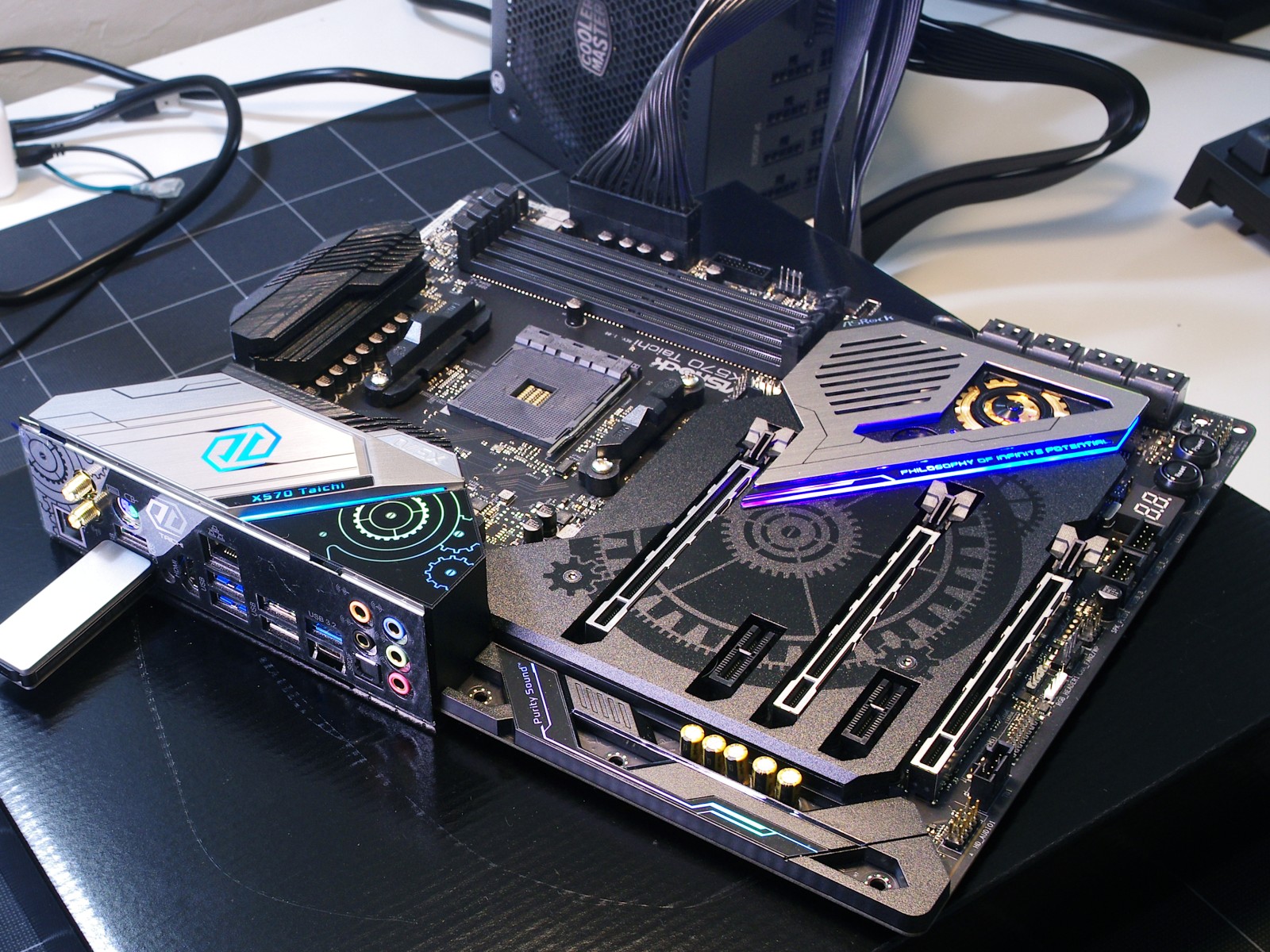Building your own computer is fun! I've been doing it off and on for 30+ years. As a student in the 90's it was a good way to stretch my budget. Today I like selecting the exact parts that go into it, and I enjoy putting it together.
What's more, building a computer is easy. I really mean it; a new computer is a total of about nine parts, case included, and the only tool you need is a Philips screwdriver. Mostly things just snap or slot into place, with no way of doing it wrong.
And we have the internet to help us out. It's full of Youtube videos, forums and blogs that can help you answer every question, from what parts you should get to the finer points of installing your operating system.
Here's an overview of what goes into a desktop computer:
The CPU is "the computer". Everything else is just there to help it do its job. It needs memory for running programs and processing data. It needs storage — today usually an SSD (like a USB stick but much faster) — where you install and save stuff so it doesn't disappear when you shut it off.
The CPU gets really hot, so it needs a cooler to keep the temperature down. This is usually a fan with a heatsink that bolts on top. And often (but not always) you need a separate graphics card that generates the graphical output you see on screen.
You mount all of this onto a "motherboard". A modern motherboard comes with a lot of things already built in: sound, network hardware, sometimes also Wifi and Bluetooth and more. When I was young(er) you often had to get all that as separate add-in cards. Things have gotten easier.
This all goes into a case, together with a power supply. With the motherboard in place you can connect all power cables, fans and the outside case ports (this can be fiddly and take a lot of time if you want to make it neat and clean). Finally you install an operating system (I'm partial to this one) and you're done.
Later, you probably want to go into the settings on the motherboard and change a few settings that will make your machine a good deal faster — again, there's lots of information and friendly communities on the net that are happy to help you.
All parts come with detailed instructions, and include all the things you need. The Noctua CPU fan I got, for instance, comes with a tube of thermal paste (you add a drop on the CPU to make a better heat connection with the cooler) and a long, thin screwdriver to reach the holding screws when you install it.
So, why, exactly, would you want to do this? You can go buy a computer, bring it home and start it up in minutes. Why bother?
Is it cheaper? Yes, to a point. If you're building a really cheap system you probably don't save much. For a high-end computer you can potentially save a fair bit. But that's not the main reason to do it.
You get the freedom to choose the exact parts that *you* want, and set it up the way you like. You can find a prebuilt computer with about the same specs as my new one. It may be about the same price or perhaps a bit more expensive.
But it will have slower memory. It will have a cheaper, noisier cooler that might not be able to cool the CPU enough to let it run at full speed. It will have a cheaper-looking case with noisy fans and worse airflow. It will have a slower, smaller SSD for storage. When I build my own I get a faster, higher-quality computer for less money.
But the main reason, for me, to build computers is that it's fun. It's fun to read up on the current state of the art; it's fun to pick and choose parts; it's fun to plan the build. And it's really fun when it starts up the very first time without breaking anything. It's fun.
This is really no different than spending time and money to customize your car, or plan your autumn wardrobe, or hunt for rare commemorative coins. It's a hobby, and doesn't need any justification beyond the enjoyment we get from doing it.
If you want to get started, you don't even need to build a full desktop. If you just want to dip your toes in the water, you can get a "barebones"-style device: a tiny PC with a motherboard, CPU and cooler already installed. You just add memory and an SSD and off you go.
They are really capable machines that easily handle web browsing, office work and light gaming. You could use one as network storage for your other computers. I use an ancient one as a web server and backup storage. And they're so small you can literally mount them on the back of your monitor (they usually come with a mounting bracket). This is an AMD CPU-based one from ASRock I'd love to have for myself.
If you want to know more, I would start with r/buildapc. It's a Reddit community dedicated to building PCs with literally millions of members. They are friendly and helpful, and there's a great Wiki with lots of information. They are focused on gaming PCs, however. If you're looking to do something else you need to take that into account; they will tend to recommend very fast (and very expensive) graphics cards you don't need for instance. You can also search Youtube for "build a PC" and get lots of good videos. Here's a shorter video, and here a longer one, but there's just lots and lots of them out there.






